Global Forum For Indurstrial Devlopment is SPONSORED BY ICO INDIA
- MP Society Registration (Act. 1973 No. 44) 03/27/01/21857/19 (MSME Forum Established Since-2009)

minerals and metals sector is a mainstay of the national economy that supports jobs and economic activity in every region. Explore the Minerals and Metals Facts to learn how the minerals and metals sector contributes to the Canadian economy and our everyday lives. These facts include data, statistics and information on mineral and metal uses, production, trade, prices, employment and many other themes.
We produce and market a diverse range of metals and minerals – such as copper, cobalt, zinc, nickel and ferroalloys - and also market aluminium/alumina and iron ore from third parties
These products include bauxite, which is the world’s main aluminium ore; alumina (an oxide derived from the processed ore); primary aluminium; and aluminium alloys..
We physically market iron ore from third-party producers to customers worldwide – with Asia making up most of our customer base.

‘As a lightweight but strong metal, aluminium is widely used in cars, planes and trains, and in recyclable food packaging such as cans and foil. In construction, it is used in window and doorframes, roofs, facades and curtain walls – for example, in buildings such as skyscrapers.
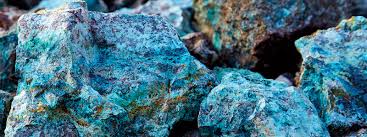
The Mining and Mineral Statistics Division functions as the nodal agency for statistics on mineral sector. Under Rule 45 of the Mineral Conservation and Development Rules (MCDR) 1988, all the mine owners, managers etc and the mineral based traders/exporters/stockists/end-users have to register (Form M) with IBM and the following returns are to be submitted in prescribed formats as per the following time
Metal mining provides the elements required for the provision of energy, communication, transport and more. The increasing uptake of green technology, such as electric vehicles and renewable energy, will also further increase metal demand. However, the production lifespan of an average mine is far shorter than the timescales of mineral deposit formation, suggesting that metal mining is unsustainable on human timescales. In addition, some research suggests that known primary metal supplies will be exhausted within about 50 years. Here we present an analysis of global metal reserves that suggests that primary metal supplies will not run out on this timescale. Instead, we find that global reserves for most metals have not significantly decreased relative to production over time. This is the result of the replenishment of exhausted reserves by the further delineation of known orebodies as mineral exploration progresses. We suggest that environmental, social, and governance factors are likely to be the main source of risk in metal and mineral supply over the coming decades, more so than direct reserve depletion. This could potentially lead to increases in resource conflict and decreases in the conversion of resources to reserves and production.
Metal mining is essential to modern life and provides the raw materials that underpin modern society (for e.g.1,2) as well as being crucial in efforts towards meeting the UN Sustainable Development Goals. The mining sector also provides the commodities needed for the development and rollout of lower CO2 technologies2. However, mine life timescales (~30–50 years average mine life) are far shorter than the geological processes that form mineral deposits (1000s to millions of years3,4). This makes metal mining inherently unsustainable on human timescales since economically extractable mineral deposits become exhausted before replenishment by natural processes. The rate of exhaustion, however, remains controversial, with some researchers5,6,7,8,9,10,11,12 suggesting that the available supply of a range of metals will run out within 50 years or less.
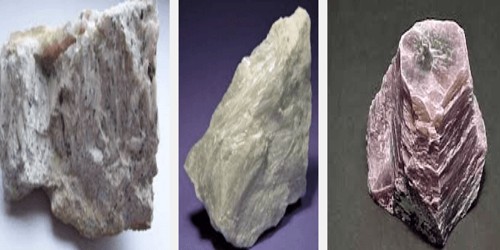
mining sector related data collected as above is processed and published as part of various publications of IBM. The following items of information are released / furnished on regular basis:-
State-wise average sale price of selected minerals by grades for which royalty is chargeable on ad-valorem basis not linked to any International Benchmark Prices along with London Metal Exchange (LME) prices of certain metals.
Monthly summary of mineral production and estimated value of mineral production.
Monthly Index on mineral production excluding atomic minerals. This forms part of Monthly Index on Industrial Production (IIP) released by the Central Statistical Office, Ministry of Statistics & Programme Implementation, New Delhi.
Monthly ex-mine prices of 19 selected minerals by grades are furnished to Ministry of Commerce and Industry for computation of Wholesale Price Index (WPI).
The mineral sector statistics is also furnished periodically to concerned central Government Ministries, State Government and other national and international agencies of prime importance.
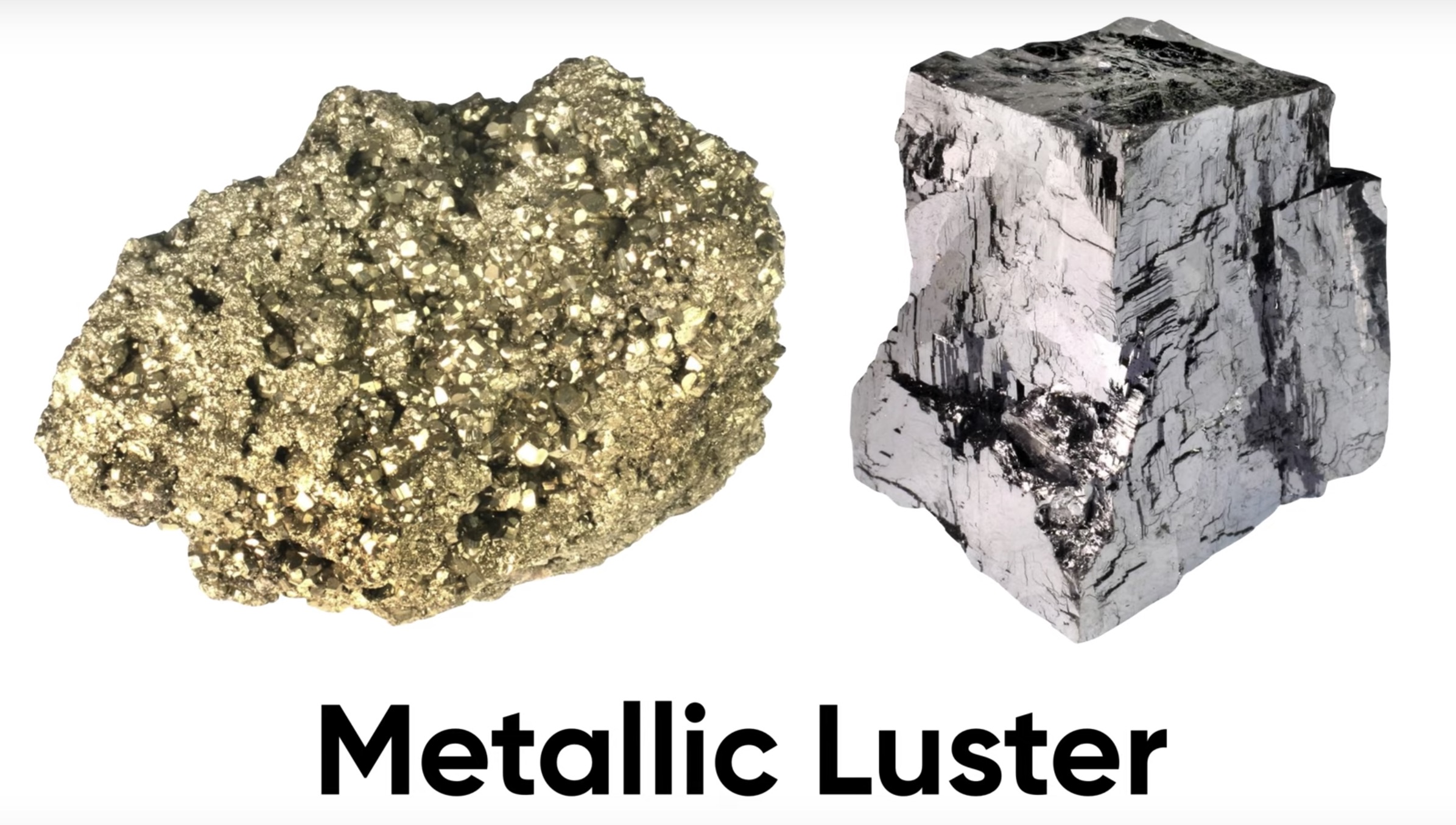
It is a monthly publication having data on index of mineral production, production and value of minerals by minerals and by states, State-wise average sale price of minerals by grades for which royalty is chargeable on ad-valorem basis not linked to any International Benchmark Prices, London Metal Exchange (LME) prices for Aluminium (Al), Copper (Cu), Lead (Pb), Nickel (Ni) , Tin (Sn), Zinc (Zn) and also other London prices for Gold (Au) and Silver (Ag), production of iron ore by captive and non captive use both in public and private sectors by states etc. The March issue of the publication contains the annual data for the preceding two years and certain additional information on export/import data.
“This annual publication presents the mineral wise key information on recoverable reserves, life index, lease area, no. of leases, mineral production by sectors, states, captive and non captive mines and grades, in respect of various minerals under the purview of MCDR, 1988. It also includes time series data / information relating to employment, consumption, stocks, exports and imports (country wise / domestic) and principal mines etc. ”
This annual publication is a ready reckoner which contains time series data on value of mineral production, index of mineral production, exports and imports, afforestation, mining leases, production of important minerals and metals. Also included are exports and imports (quantity and value) of important minerals, apparent consumption, employment in mines, consumption of minerals, production of mineral based products and mining machinery.
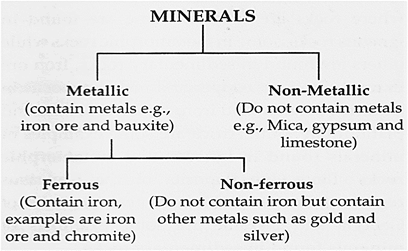
The mineral industry undergoes the expected process of “cyclical natural ups and down” as a consequence of global slowdown in all major economies, with disinclination in the demand for metals and minerals. The average life cycle of nonrenewable minerals and metals reach the pick and then decline. The cycles of ascending and descending vary between 10 and 15 years. These trends in customer demands are creating new challenges and opportunities for today's metals organizations. Emerging markets in the near future will grow significantly due to the source of raw materials from both ever-growing China and India with higher PPP. Mineral exploration activity is an ongoing process within the context of the cyclical nature of the mineral industry to contest the supply chain in a changing demand scenario.
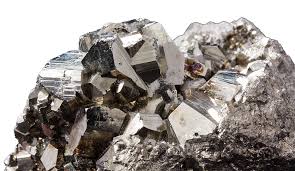
The Minerals and Metals Trading Corporation of India Ltd. (MMTC) is India’s largest public sector trading body. Apart from overseeing the export of primary products such as coal and iron ore, and manufactured agricultural and industrial products, the MMTC also imports much-needed commodities such as ferrous and nonferrous metals for industry, and agricultural fertilizers.
It is one of the highest earners of foreign exchange for India and is the country's largest public sector trading body, handling export of coal, iron ore and manufactured agro and industrial products. It is India's largest trading company with a network across Asia, Europe, Africa, Oceania and America. It is also the largest player in bullion trade. MMTC was incorporated on September 26, 1963. With the State Trading Corporation's direct trading activities growing rapidly and great emphasis being laid on mineral ore exports, the government decided to bifurcate the corporation to create an entity that would deal exclusively with trade in minerals and metals and MMTC was born.